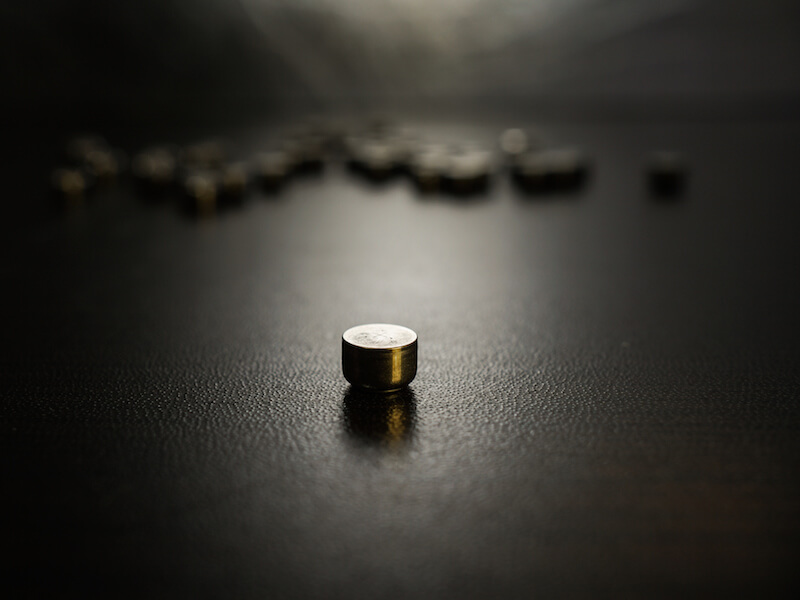
Contemporary technology has changed the way we power electronics of every kind, from radios to cameras to phones. For years, individuals looking to address hearing loss have hoped for a similar progression, and the industry is finally realizing the promise of a powerful rechargeable hearing aid battery.
Disposable hearing aid batteries have historically been the power source of choice amongst manufacturers, with size 312 batteries being one of the more prevalent battery types. Today, the most popular version of these batteries is known as a “zinc-air” battery.
The Drawback to Disposable Hearing Aid Batteries
The presence of air effects a zinc-air battery, as the name suggests. When it comes to the 312 batteries used in a lot of hearing aids, the user needs to pull a little tab off the back of the battery before it’s activated and operational.
As soon as it is fully oxygenated, it begins to lose power. So the power is draining even if the user isn’t currently using it.
The biggest drawback to disposable batteries, for the majority of users, is how short they last. With 312 batteries, the user could be changing the batteries in their hearing aids around 120 times each year because they die in 3 to 12 days according to some reports.
That also means users may need to purchase 120 batteries, spend the time twice every week to replace them, and properly dispose of each. That’s probably over $100 in batteries from a cost perspective alone.
Rechargeable battery Improvements
Rechargeable hearing aid technology has progressed to the point where it’s now a viable option and that’s good news for people who use hearing aids.
Studies have demonstrated that most people overwhelmingly prefer to use rechargeable hearing aids. Previously, these models were not practical because they didn’t maintain a charge long enough. However, modern advancements now enable a full day of use per charge.
Users won’t see significant cost savings by switching to rechargeable batteries, but where they will see a demonstrated improvement is in quality of life.
On top of providing 24 hours of charge time, these contemporary models result in less aggravation for the user, since there’s no more changing and correctly disposing of batteries. They simply need to put the battery on the charger.
When a disposable battery gets near the end of its life it can’t run your hearing aid at full capacity. And you can’t tell how close the battery is to quitting. As a result, users risk putting themselves in a situation where their battery might die at a crucial time. Not only is this a safety hazard, but users could miss important life moments because of a faulty battery.
Types of Rechargeable Hearing Aid Batteries
Rechargeable batteries come in a number of different materials, each providing unique advantages. Integrated lithium-ion batteries are one alternative being used by manufacturers because of their ability to hold a 24-hour charge. And smart-phones are powered by this same type of battery which might be surprising.
Silver-zinc technology is another material used for modern rechargeable hearing aids. This innovative approach was originally developed for NASA’s Apollo moon missions. With this technology, even your existing hearing aids can probably be upgraded to run on rechargeable batteries. These batteries, like lithium-ion, will also last all day before needing to be recharged.
Some models even allow you to recharge the battery without removing it. During the night, or at some other time when the hearing aid is not in use, the whole hearing aid can be placed right into the charger
Whichever solution you choose, rechargeable batteries will be substantially better than disposable batteries. You just need to do some research to determine which solution is best for your needs.
Check out our hearing aid section if you’re looking for more information about what battery would be the right choice for you or any other info about hearing aids.
[blogcta]
